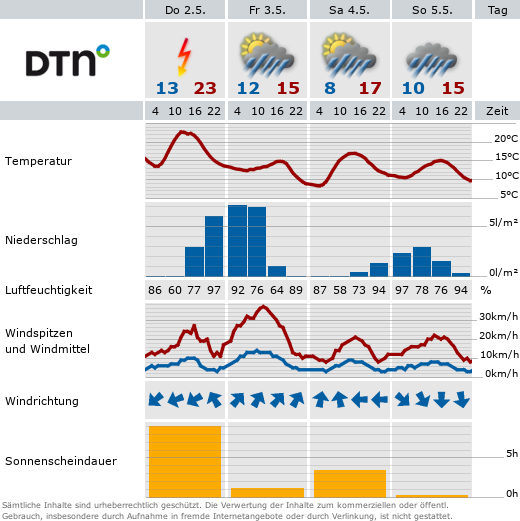22nd IAXO Collaboration Meeting at TU Dortmund University

From September 15 to 17, 2025, TU Dortmund University welcomed around 35 international researchers to campus for the 22nd International Axion Observatory (IAXO) Collaboration Meeting. The meeting marked several important milestones: It was the first IAXO meeting in Dortmund, the first since TU Dortmund University officially joined the collaboration in July 2025, and the first since the Cluster of Excellence Color meets Flavor (CmF) was approved.
IAXO is a next-generation experiment to search for axions and axion-like particles - hypothetical particles that could help explain dark matter and address fundamental questions in particle physics. IAXO uses a powerful magnet, advanced X-ray optics and highly sensitive detectors to detect axions that could originate in the sun. The BabyIAXO experiment (a precursor to IAXO), now entering the construction phase at DESY with support from CERN, already offers independent discovery potential for axions. The program of the meeting included, after a welcome by Rector Bayer, updates on the research goal and motivation as well as on the latest technological developments. There was also a physics colloquium by Dr. Alexander Westphal (DESY) on the topic of axions. In the sessions, advances in magnet design, X-ray optics, detector development and related projects were presented, highlighting the interdisciplinary and international character of the collaboration. Public relations activities were also discussed.
TU Dortmund University contributes to IAXO through hardware development, scientific management and training of the next generation of axion physicists. Prof. Julia Vogel is IAXO's deputy spokesperson and coordinates the team responsible for the X-ray telescopes, while Dr. Jaime Ruz coordinates the BabyIAXO beamline, i.e. the path of the axions from the magnet to the detectors. The Dortmund team has already performed X-ray optics measurements at the DELTA synchrotron (with the support of the Tolan group) and at SOLEIL and is planning extended activities within the CmF cluster through new PhD students, postdocs and teaching opportunities, such as a student seminar on dark matter, which was first offered in the summer semester of 2025.

![Band structure of 2D semimetal based on HgTe quantum well. Experimental points are obtained from the analysis of the cyclotron resonance in the quasi-classical approximation. Solid lines are predictions of the kp theory with no free parameters. Splitting of the conduction (e1,2) and valence (h1) band is due to the quantum confinement. [J. Gospodaric, AP, et al., PRB 104, 115307].](/storages/physik/_processed_/b/5/csm_Kolloquium_Pimenov_0fa7761647.png)








